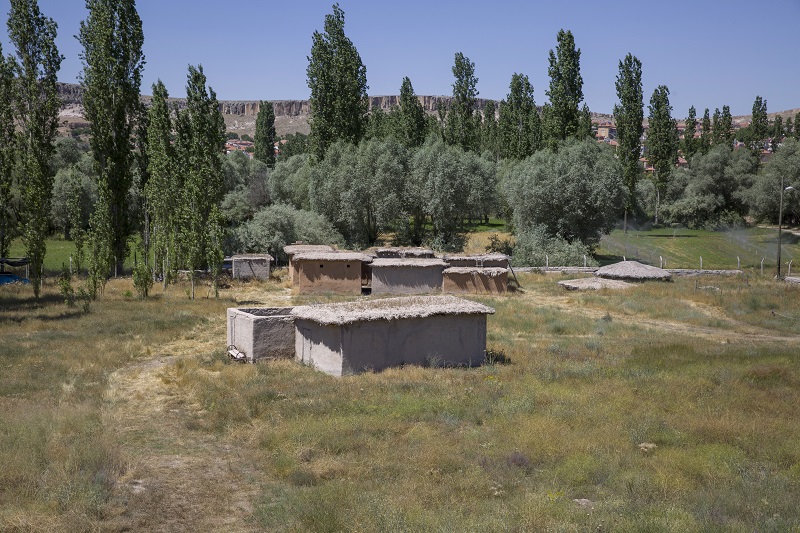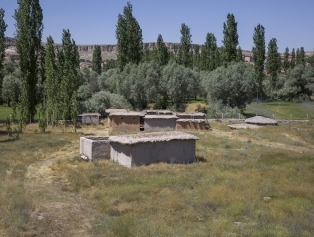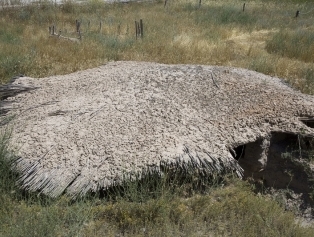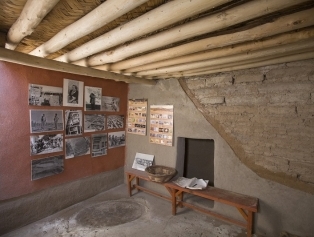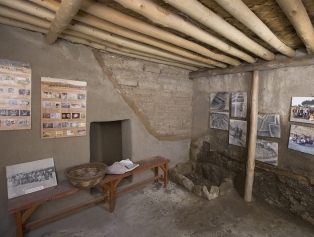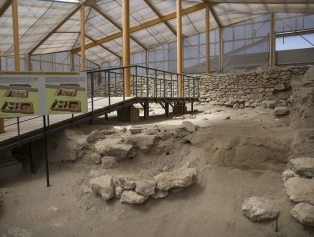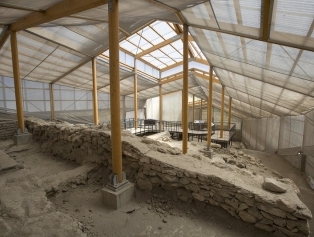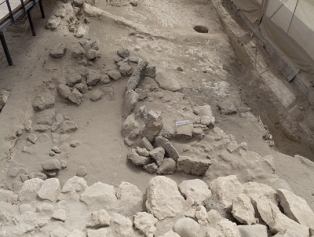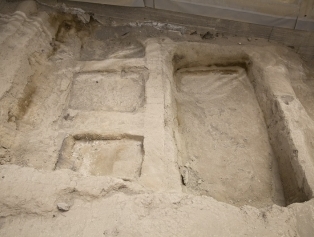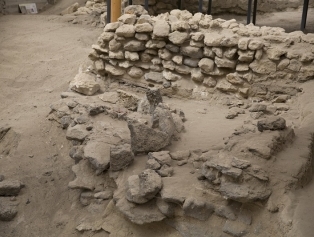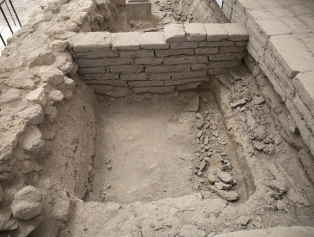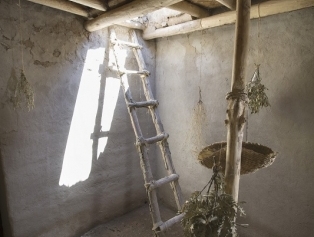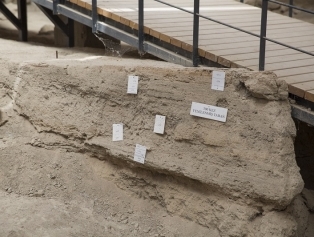- Aşıklı Höyük (Mound) ADD TO MY ROUTE
It is in Kızılkaya village of Gülağaç district of Aksaray.
Aşıklı Höyük is the first known village in Central Anatolia where hunters, gatherers and nomads settled down. The people of Aşıklı, besides being a hunter and gatherer community, are among the first agricultural communities.
In terms of architectural history, the oldest example of the traditional adjacent rectangular mudbrick architecture of Anatolia can be seen in Aşıklı Höyük. A first in the history of medicine took place here, and the first brain surgery in the world was performed on a young woman. The skull with surgical scars and other finds from Aşıklı Höyük are exhibited in the Aksaray Museum. Research shows that the people of Aşıklı started to deal with agriculture after they settled down. The grains and plants that were previously collected in the wild were first used for agriculture by the inhabitants of Aşıklı. Both wild and cultivated varieties of barley, wheat and lentils were unearthed in carbonized layers during excavations. The animal remains found in the excavations show that the most frequently hunted animals by the residents who engage in intense and conscious hunting are sheep, goats, wild cattle, pigs, red deer, fallow deer and roe deer. Obsidian, which is known as volcanic glass and originating from the geological formation of the region, has been the raw material of tools and weapons that enable the people of Aşıklı to carry out all kinds of daily activities such as hunting, butchery, hide and leather work.
Source:
https://www.kulturportali.gov.tr/turkiye/aksaray/gezilecekyer/asikli-hoyuk
- Nearby Locations
